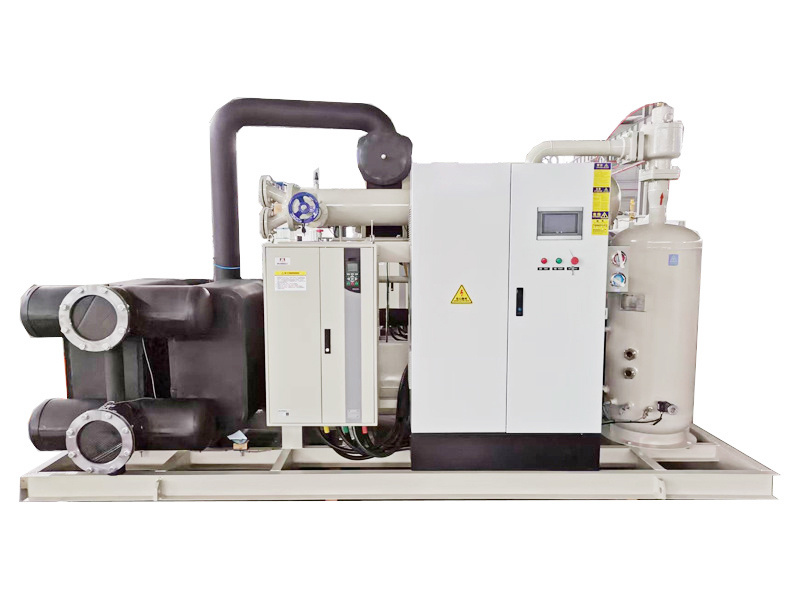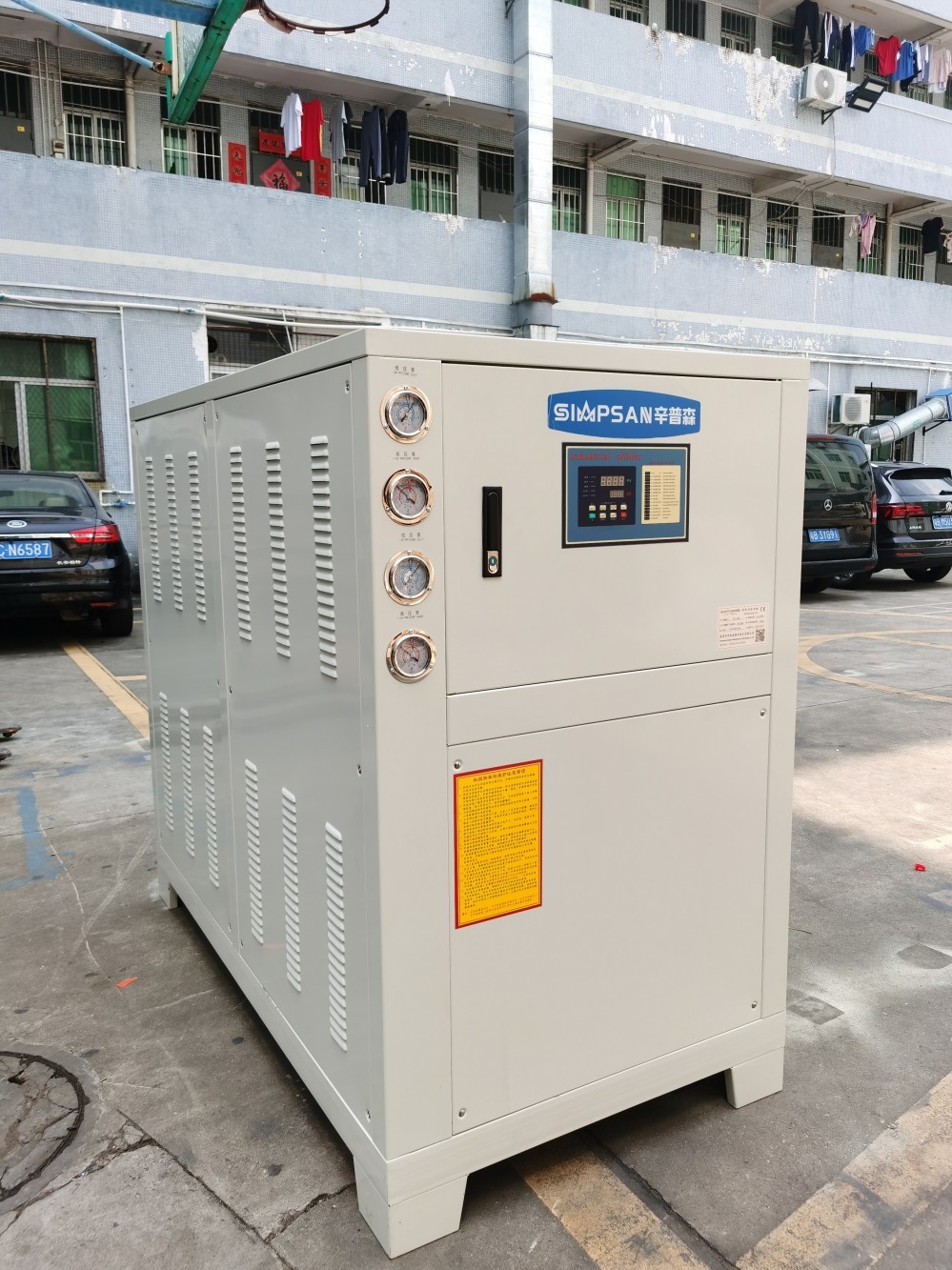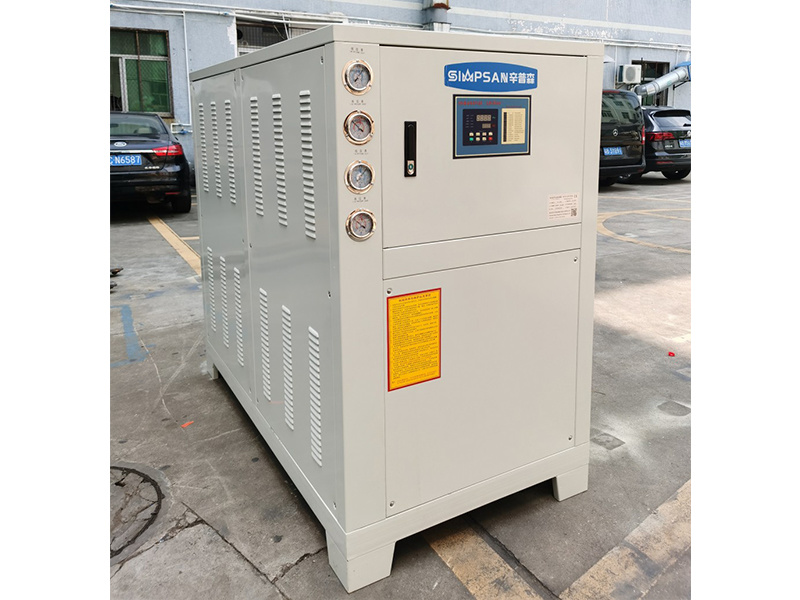Understanding the Benefits of a Double-Stage Low Temperature Chiller: A Comprehensive Guide
2025-10-13 10:10
Understanding the Benefits of a Double-Stage Low Temperature Chiller
Table of Contents
- What is a Double-Stage Low Temperature Chiller?
- How Does a Double-Stage Low Temperature Chiller Work?
- Key Benefits of Double-Stage Low Temperature Chillers
- 1. Energy Efficiency
- 2. Enhanced Performance
- 3. Reduced Operational Costs
- 4. Better Environmental Compliance
- Applications of Double-Stage Low Temperature Chillers in Industry
- Maintenance and Reliability of Double-Stage Low Temperature Chillers
- Choosing the Right Double-Stage Low Temperature Chiller
- Frequently Asked Questions (FAQs)
- Conclusion
What is a Double-Stage Low Temperature Chiller?
A double-stage low-temperature chiller is an advanced cooling system designed for applications requiring precise temperature control and efficiency, especially in industrial settings. Unlike single-stage chillers, which compress refrigerants in one step, double-stage chillers utilize two compression stages. This sophisticated design allows for a higher cooling capacity and better temperature management.
How Does a Double-Stage Low Temperature Chiller Work?
The operation of a double-stage low-temperature chiller begins with the evaporation of refrigerant in the evaporator unit, where it absorbs heat from the surrounding environment. The low-pressure vapor generated from this process is then drawn into the first-stage compressor. This initial compression raises the pressure and temperature of the refrigerant.
In the second stage, the high-pressure vapor is sent into a second compressor for further compression. This two-stage process not only increases the efficiency of the cooling process but also allows for lower temperature operation, which is critical for certain applications, such as in laboratories, pharmaceuticals, and food processing.
Key Benefits of Double-Stage Low Temperature Chillers
1. Energy Efficiency
One of the main advantages of double-stage low-temperature chillers is their energy efficiency. By compressing the refrigerant in two stages, these chillers can operate at lower pressures and temperatures, which significantly reduces energy consumption compared to traditional single-stage systems. This efficiency translates to lower utility bills and a reduced carbon footprint, making them an environmentally friendly choice.
2. Enhanced Performance
Double-stage chillers excel in performance, particularly in maintaining stable temperatures under varying load conditions. This reliability is crucial for industries that require consistent cooling, such as semiconductor manufacturing and scientific research. The ability to handle fluctuating loads without sacrificing performance ensures continuous operations, safeguarding product quality and process integrity.
3. Reduced Operational Costs
While the initial investment in double-stage low-temperature chillers may be higher than that of other systems, the long-term savings are substantial. The energy efficiency and lower maintenance requirements lead to reduced operational costs over time. Businesses can expect quicker returns on investment due to these savings, making double-stage chillers a smart financial choice in the long run.
4. Better Environmental Compliance
As industries face increasing pressure to adopt sustainable practices, double-stage low-temperature chillers offer a solution that meets stringent environmental regulations. Their efficiency means less energy consumption and reduced greenhouse gas emissions. Additionally, many modern chillers utilize environmentally friendly refrigerants, further supporting compliance with environmental standards.
Applications of Double-Stage Low Temperature Chillers in Industry
Double-stage low-temperature chillers have versatile applications across various industries. Some notable sectors include:
1. Pharmaceuticals
Pharmaceutical manufacturing requires stringent temperature control to maintain the efficacy of products. Double-stage chillers provide the necessary reliability and precision for storing medications and active ingredients.
2. Food and Beverage
In the food industry, proper cooling is essential for preserving freshness and preventing spoilage. Double-stage chillers help maintain optimal temperatures in storage facilities and production lines, ensuring high quality and safety standards.
3. Electronics and Semiconductors
The production of electronic components often involves processes sensitive to temperature fluctuations. Double-stage chillers help maintain the required conditions, thus enhancing yield and reducing defects.
4. Plastics and Chemicals
In the plastics industry, double-stage chillers are essential for cooling extruders and molds, ensuring consistent product quality and operational efficiency.
Maintenance and Reliability of Double-Stage Low Temperature Chillers
To maximize the performance and longevity of double-stage low-temperature chillers, a proactive maintenance approach is required. Regular checks and servicing can help identify potential issues before they escalate, ensuring reliable operation.
1. Routine Inspections
Conducting routine inspections of components like compressors, evaporators, and condensers can prevent unexpected breakdowns. This practice also helps maintain optimal efficiency.
2. Refrigerant Levels
Maintaining appropriate refrigerant levels is critical for efficient operation. Low refrigerant levels can cause the chiller to work harder, leading to increased energy consumption and wear and tear.
3. Cleaning and Filtration
Regular cleaning of filters and coils ensures that the chiller operates efficiently. Dust and debris can hinder performance and cause the system to overheat.
Choosing the Right Double-Stage Low Temperature Chiller
Selecting the right double-stage low-temperature chiller requires careful consideration of several factors:
1. Cooling Capacity
Assess your cooling requirements based on the specific application to determine the necessary cooling capacity. Oversized or undersized chillers can lead to inefficiencies.
2. Energy Efficiency Ratings
Look for chillers with high energy efficiency ratings. Chillers that comply with Energy Star or similar efficiency standards will provide better long-term savings.
3. Manufacturer Reputation
Choose reputable manufacturers known for their reliability and customer service. Researching manufacturer reviews and testimonials can guide your decision.
4. Features and Technology
Consider modern features such as advanced controls, remote monitoring, and IoT connectivity, which can enhance operational efficiency and provide valuable data insights.
Frequently Asked Questions (FAQs)
1. What is the primary difference between single-stage and double-stage chillers?
The primary difference lies in the compression process. Double-stage chillers compress the refrigerant in two stages, allowing for higher efficiency and lower operational temperatures compared to single-stage chillers.
2. How do double-stage chillers improve energy efficiency?
By operating at lower pressures and temperatures, double-stage chillers consume less energy, resulting in lower electricity costs and a reduced environmental impact.
3. What types of refrigerants are used in double-stage chillers?
Modern double-stage chillers often utilize environmentally friendly refrigerants, such as R-410A or R-134a, which have a lower global warming potential compared to traditional refrigerants.
4. How often should double-stage chillers be serviced?
Regular servicing is recommended at least once a year, though more frequent inspections may be necessary depending on usage levels and specific operational conditions.
5. Can double-stage chillers be integrated with existing systems?
Yes, double-stage chillers can often be integrated with existing HVAC or cooling systems. Consultation with a professional is advisable to ensure proper compatibility and configuration.
Conclusion
Understanding the benefits of double-stage low-temperature chillers is crucial for industries seeking efficient and reliable cooling solutions. With their energy efficiency, enhanced performance, and versatility across various applications, these chillers are an excellent investment for businesses aiming to optimize their cooling processes. By carefully considering factors such as cooling capacity, energy efficiency ratings, and manufacturer reputation, industries can select the right double-stage chiller to meet their specific needs. Embracing this advanced technology not only leads to operational savings but also supports environmental sustainability, making it a win-win for businesses and the planet alike.
Previous:
More Information
2025-10-13
Understanding the Benefits of a Double-Stage Low Temperature Chiller: A Comprehensive Guide
Understanding the Benefits of a Double-Stage Low Temperature Chiller
Table of Contents
What is a Double-Stage Low Temperature Chiller?
How Does a Double-Stage Low Temperature Chiller Work?
Key Benefits of Double-Stage Low Temperature Chillers
1. Energy Efficiency
2. Enhanced Performance
3. Reduced Operational Costs
4. Better Env
2025-10-06
Understanding the Benefits and Functionality of Double-Stage Low Temperature Chillers
Double-stage low temperature chillers are sophisticated cooling systems that provide efficient temperature control across various industrial applications. These chillers are designed to cool fluids to significantly lower temperatures than typical single-stage systems, making them indispensable in processes that require precise thermal management. In this article, we will delve into the functionali
2025-09-29
The Impact of Air-Cooled Low Temp Freezer Units on Product Longevity
The Impact of Air-Cooled Low Temp Freezer Units on Product Longevity
Table of Contents
Introduction to Air-Cooled Low Temp Freezer Units
Understanding Product Longevity in Refrigeration
Key Benefits of Air-Cooled Low Temp Freezer Units
Applications of Air-Cooled Low Temp Freezer Units Across Industries
Technical Specifications and Performance Metrics
Maintenance Best Practices for Opt
2025-09-22
Air-cooled low temp freezer units are vital components in various industrial applications where efficient temperature control is necessary. These units are designed to maintain low temperatures, often below freezing, making them ideal for storing sensitive materials, such as pharmaceuticals, biological specimens, and perishable goods. In this article, we will delve into the operational principles,
2025-10-13
Understanding the Benefits of a Double-Stage Low Temperature Chiller: A Comprehensive Guide
Understanding the Benefits of a Double-Stage Low Temperature Chiller
Table of Contents
What is a Double-Stage Low Temperature Chiller?
How Does a Double-Stage Low Temperature Chiller Work?
Key Benefits of Double-Stage Low Temperature Chillers
1. Energy Efficiency
2. Enhanced Performance
3. Reduced Operational Costs
4. Better Env




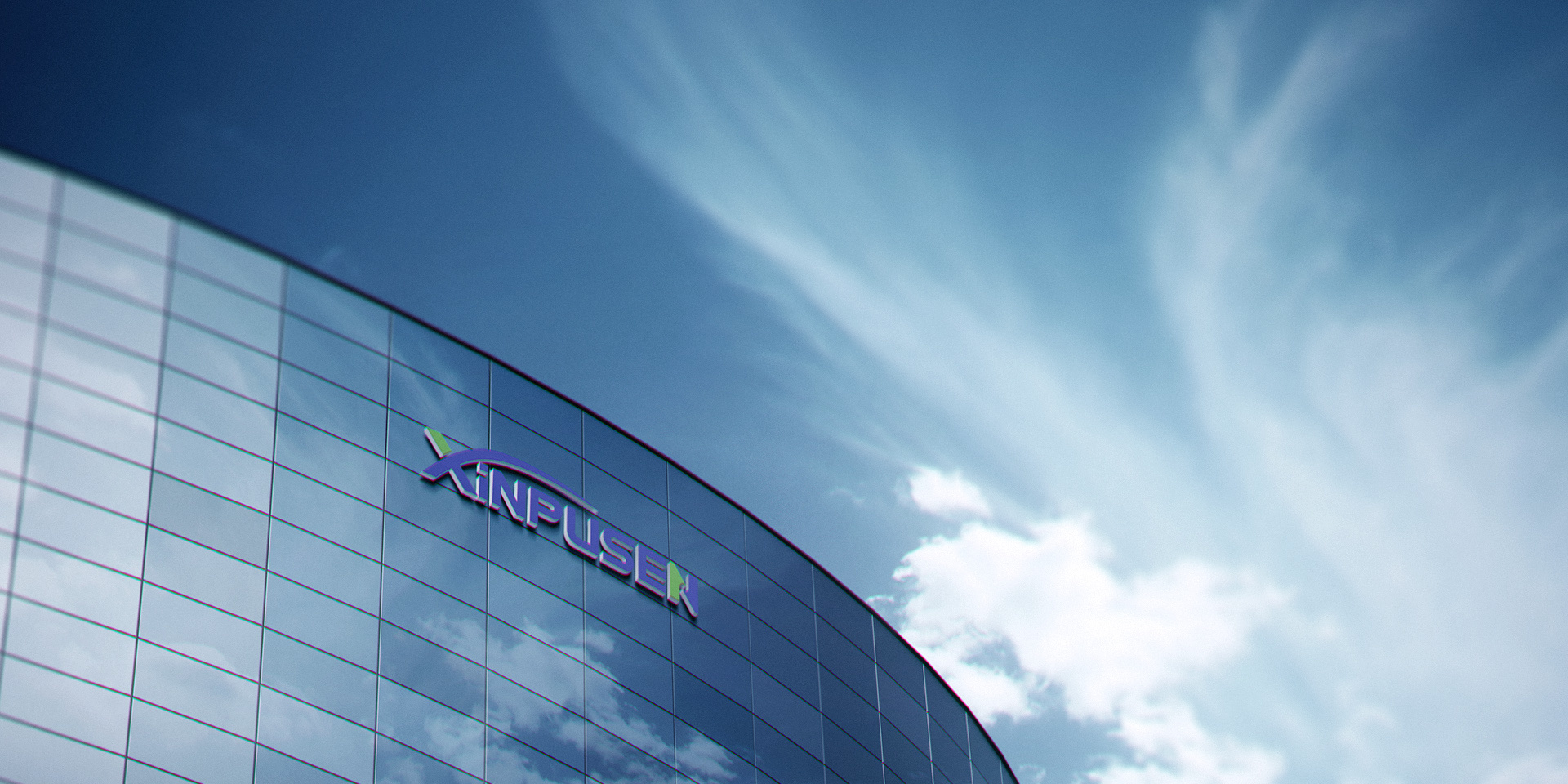

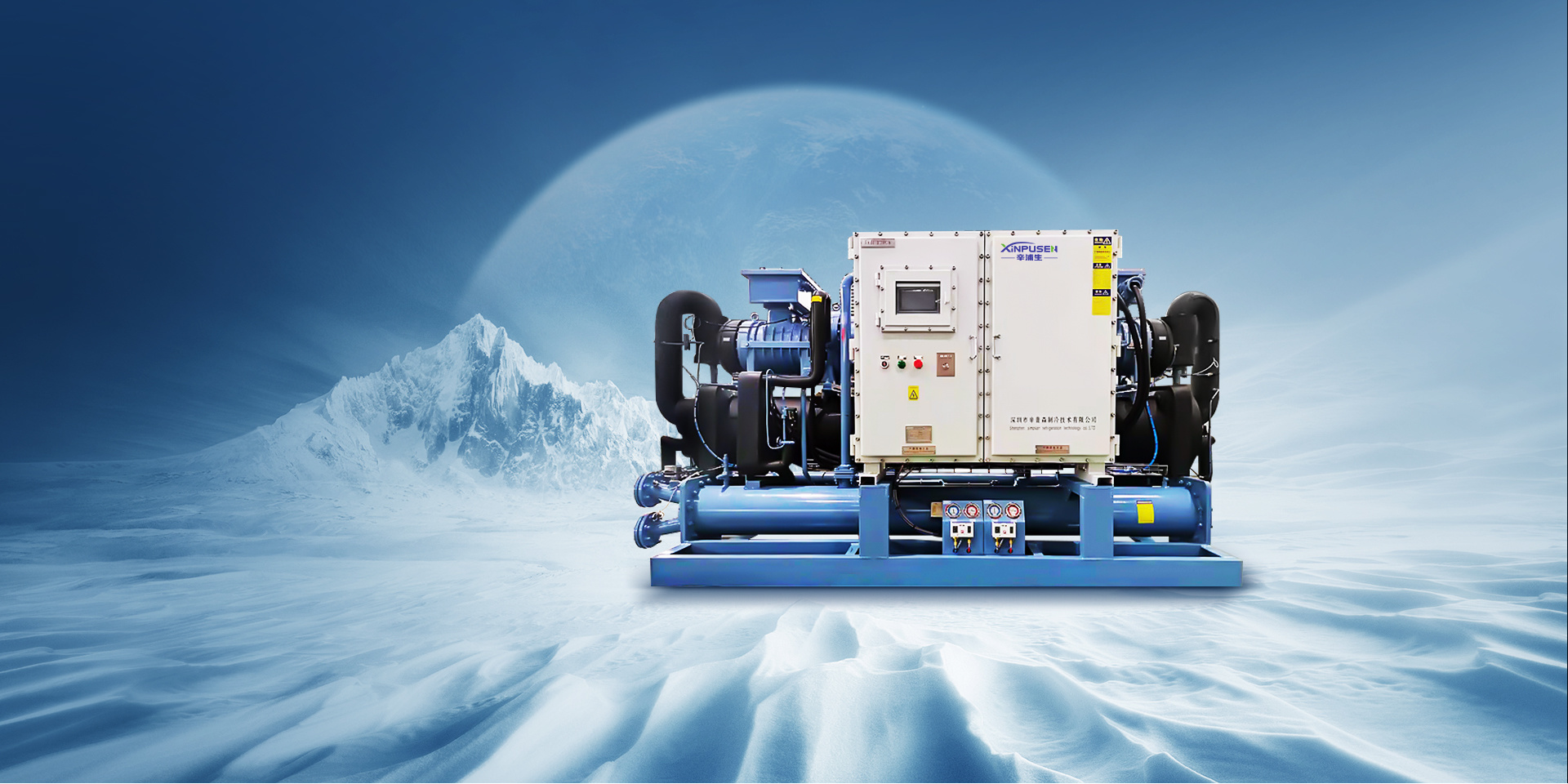


 CN
CN EN
EN